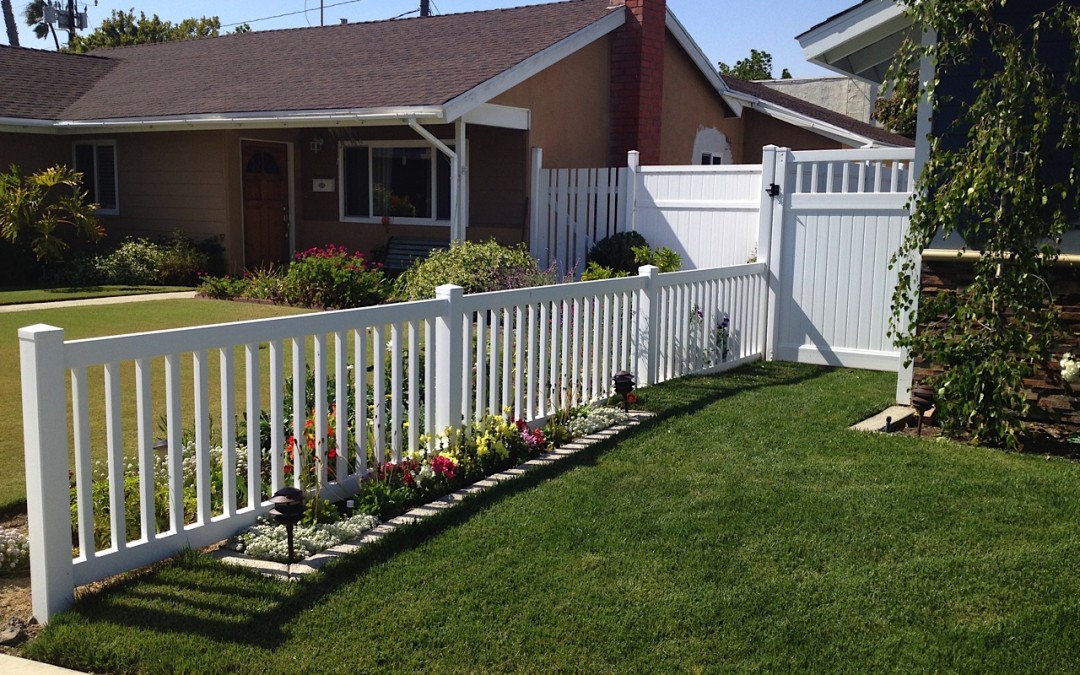It’s no surprise that vinyl has become a household favorite to replace any wood structures such as gazebos, decks, and most of all, fencing. The biggest advantages of vinyl fencing are its long-lasting durability and easy maintenance. Unlike wood fencing, vinyl won’t crack throughout time and does a better job of withstanding the elements.
Vinyl fencing is also fairly easy to take care of since the paint is absorbed right through the vinyl. Any scratches or dents can’t be seen. Vinyl fencing is a great alternative to wood in terms of cost, since its long-term value is substantially higher than that of wood. Since it also comes in multiple designs and selections to choose from, all that’s left is to choose a design and install.
For anyone who’s decided to go with vinyl, here’s how to install vinyl fencing.
In order to do a DIY installation of vinyl fencing, some tools will be required. The posthole digger will be the most important tool in your arsenal since that’s what’s going to allow you to stake the post into the ground. Make sure to also have a level so that everything is kept straight, especially if you’re working on a slope. You can also use a shovel to help pour in concrete.
Step 1:
In order to install new vinyl fencing, it’s important that you first make sure you’re allowed to do so. This includes checking with your neighbors and looking at any documents that came with your home for anything that legally keeps you from making any changes to your property. Make sure that your installation doesn’t damage any underground pipes as well.
Step 2:
Make sure you draw out where your fence will be. This ensures that your fence goes exactly where you want it to go. Don’t forget to mark where your posts will be and to take into account any other specialties your fence might have; if there’s a gate, make sure there’s space to open it!
Step 3:
Start digging! Depending on the size of your post, the size of the hole can be different for each job. One standard method is to dig a hole that’s about 2-3 times bigger in diameter than the post and a bit deeper in height. Again, based on the size of the post, you might need to make some minor adjustments.
Step 4:
Check your work! You can always add or take away dirt from the hole so don’t forget to check whether or not the hole is deep enough for the post. Once you add in that concrete, there’s no turning back!
Step 5:
Add in the concrete. You don’t have to be too picky with the type of concrete you use. Just make sure to follow the directions on the packaging to ensure your post stays secure.
Step 6:
Add in your panels. After the concrete is dry enough, go ahead and add in the panels to the fencing. You can do this before adding in the next post, but make sure you have the hole already dug up to make sure you don’t accidentally damage the panel.
Step 7:
Repeat the process until the fencing is completely installed!
It takes a bit of manual labor to install your own fence. If you’re looking to install a fence yourself, make sure to have some friends that will agree to help you to help lighten the load. You might have to offer them a little deal to persuade them, but it’ll all be worth it when your brand new vinyl fence is installed beautifully. As always, make sure to be careful and be cautious of any children. Time to get fencing!


Yes! Finally something about installing white vinyl fence.
Post-and-rail fencing is also available in vinyl, although the installation of that type of fence is different.